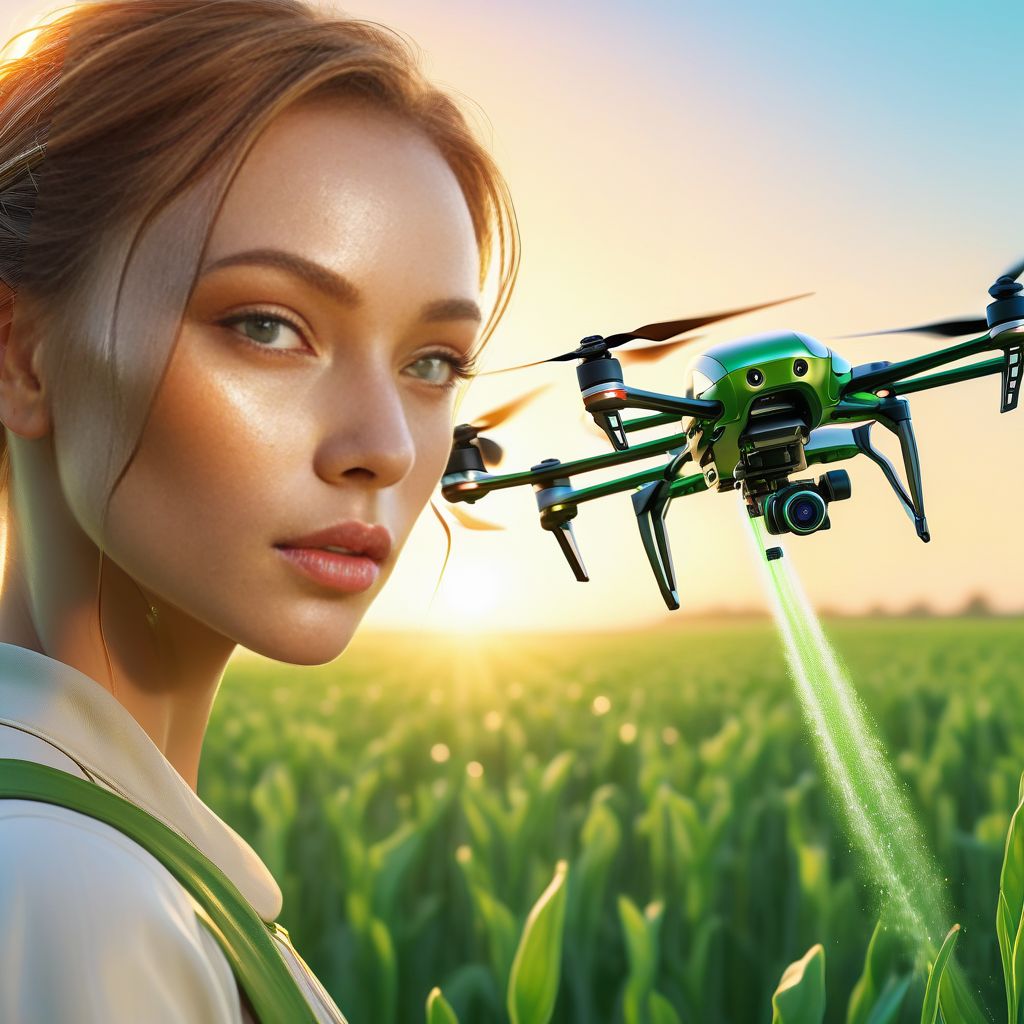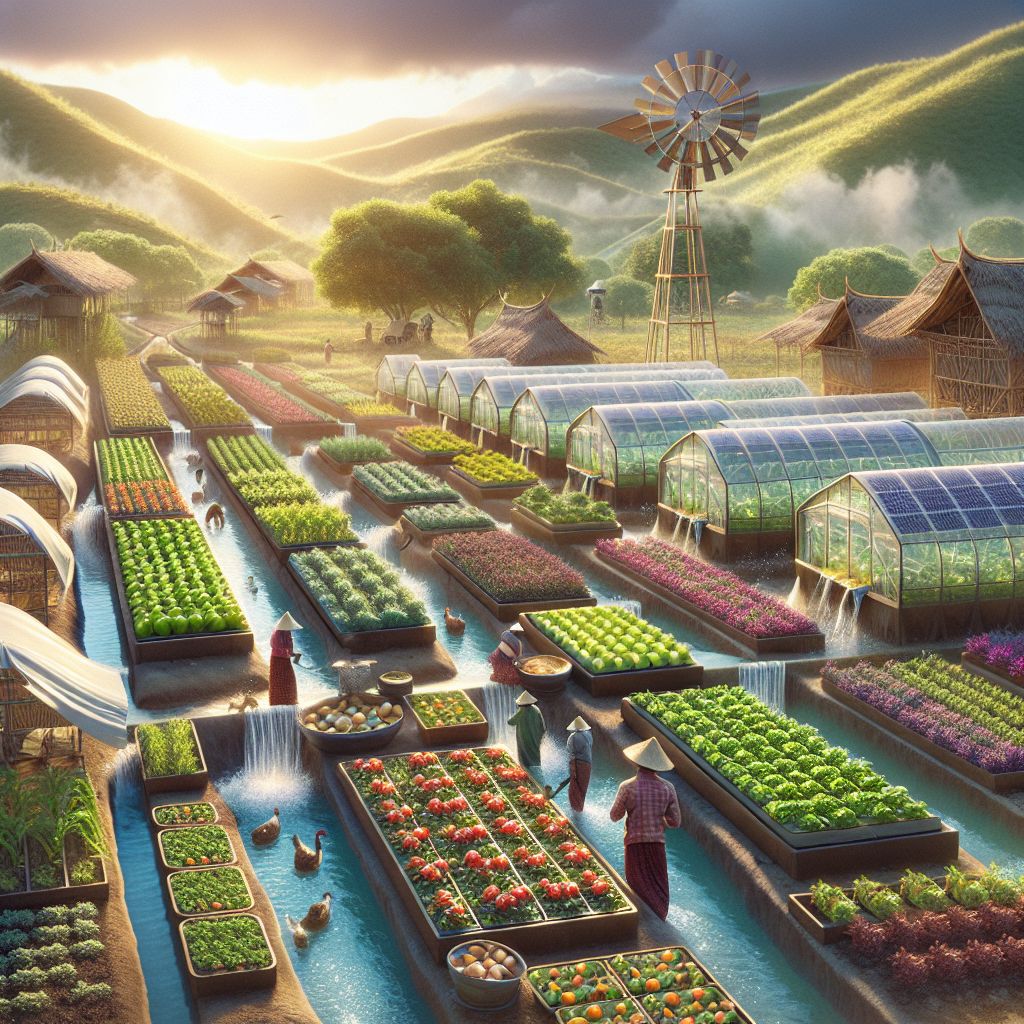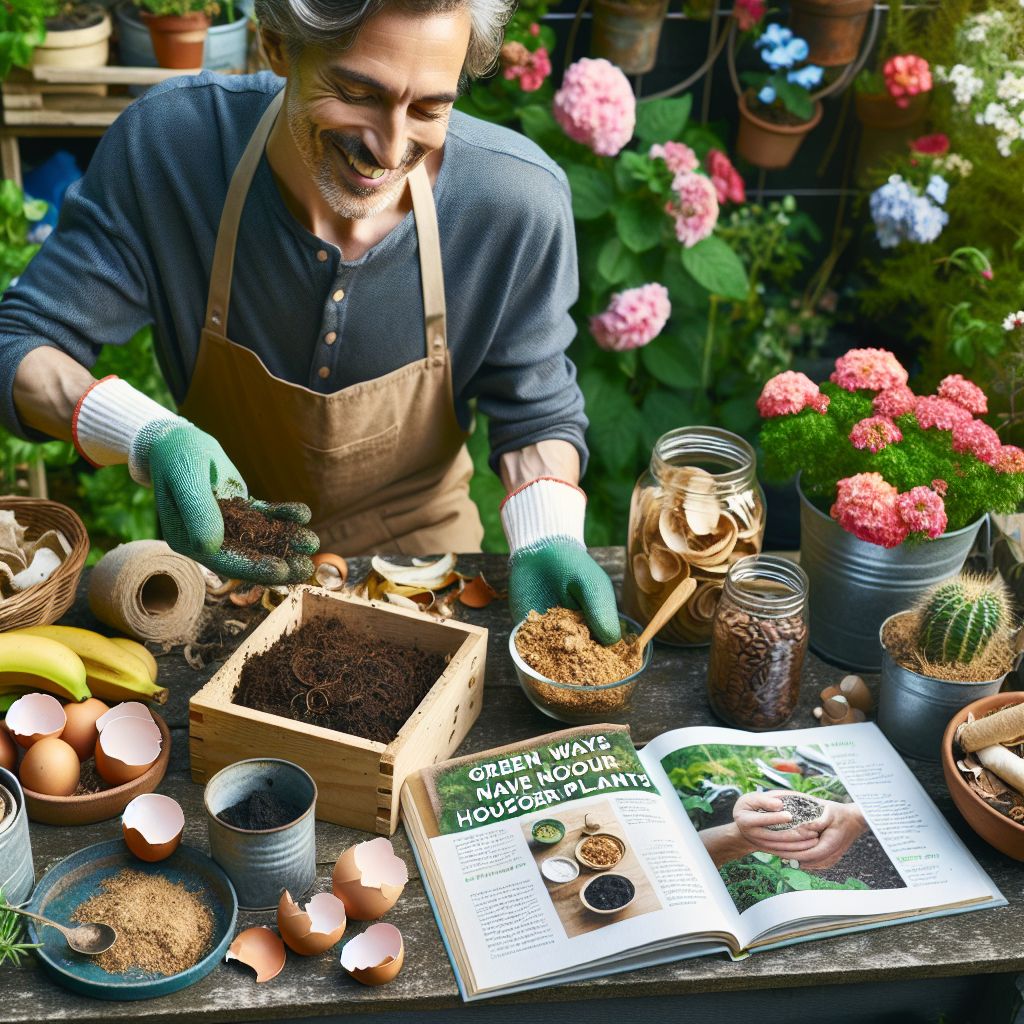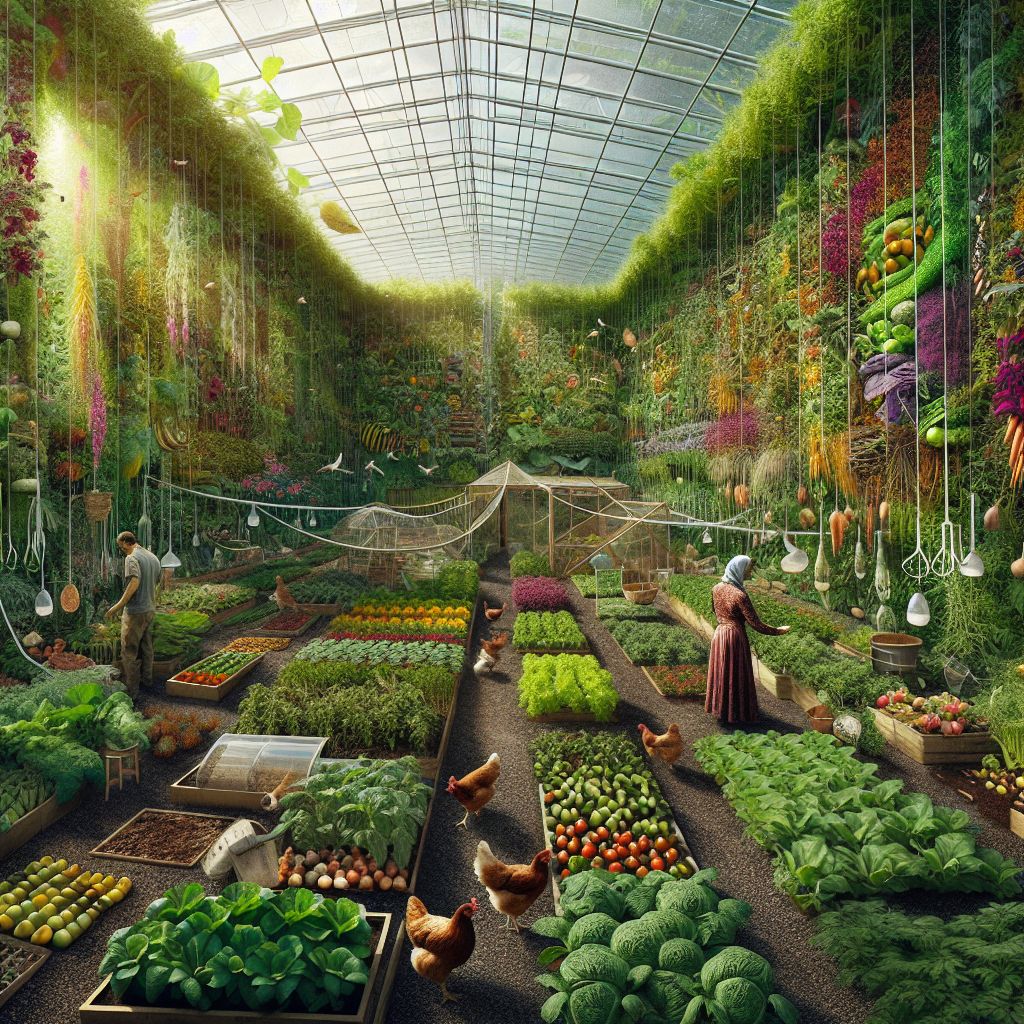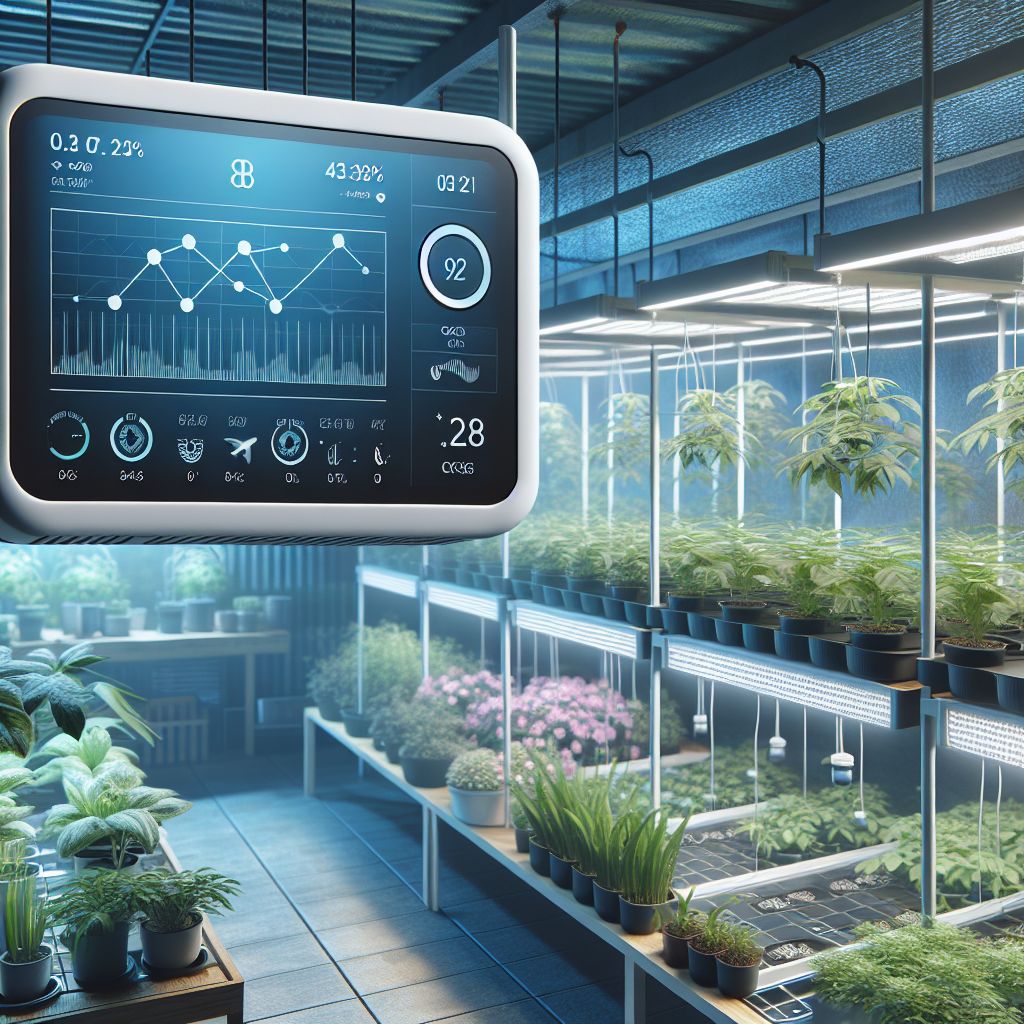Key Takeaways
- Understand the importance of sustainable flower farming for environmental and economic benefits.
- Learn how to select the right soil and compost to enrich your flower garden naturally.
- Discover the advantages of planting native flower species for a resilient and vibrant garden.
- Explore DIY drip irrigation techniques to conserve water and promote healthy plant growth.
- Embrace natural pest control by attracting beneficial insects and creating habitats for pollinators.
Green Thumbs for a Greener Planet: Flower Farming with a Conscience
Let’s talk about flowers. Not just any flowers, but those grown with care for our planet. Sustainable flower growing isn’t just about planting seeds and watching them bloom, it’s about nurturing the earth, conserving resources, and creating a patch of beauty that doesn’t harm the environment. It’s a commitment to future generations, ensuring they can enjoy the same fragrant blossoms and vibrant colors we do today.
Why Sustainable Flower Farming Matters
Why should we bother with sustainable flower farming? Well, for starters, the traditional way of growing flowers often involves chemicals that can be harmful to the soil, water, and the creatures that call our gardens home. Sustainable practices, on the other hand, focus on maintaining a healthy balance in the ecosystem. This means using natural methods to enrich the soil, conserve water, and control pests. It’s good for the planet and, most importantly, it’s good for us too.
Transforming Your Garden: Eco-Friendly Basics
Transforming your garden into a sustainable haven starts with the basics. Think of it like building a house – you need a strong foundation. This foundation includes understanding the soil, knowing what plants thrive in your region, and figuring out how to water them without wasting a precious drop. But it’s not just about the practical stuff, it’s about fostering a connection with nature and taking pride in being a responsible steward of the earth.
Planting the Seeds of Sustainability
Choosing the Right Soil and Compost
Let’s dig into the dirt – literally. The soil is where it all begins. A healthy soil means healthy plants, so choosing the right type and mixing in some good compost is key. Compost is like a vitamin boost for your garden, it adds nutrients and improves soil structure. And you can make it yourself by recycling kitchen scraps and yard waste. It’s a win-win: your garden gets the nourishment it needs, and you reduce waste.
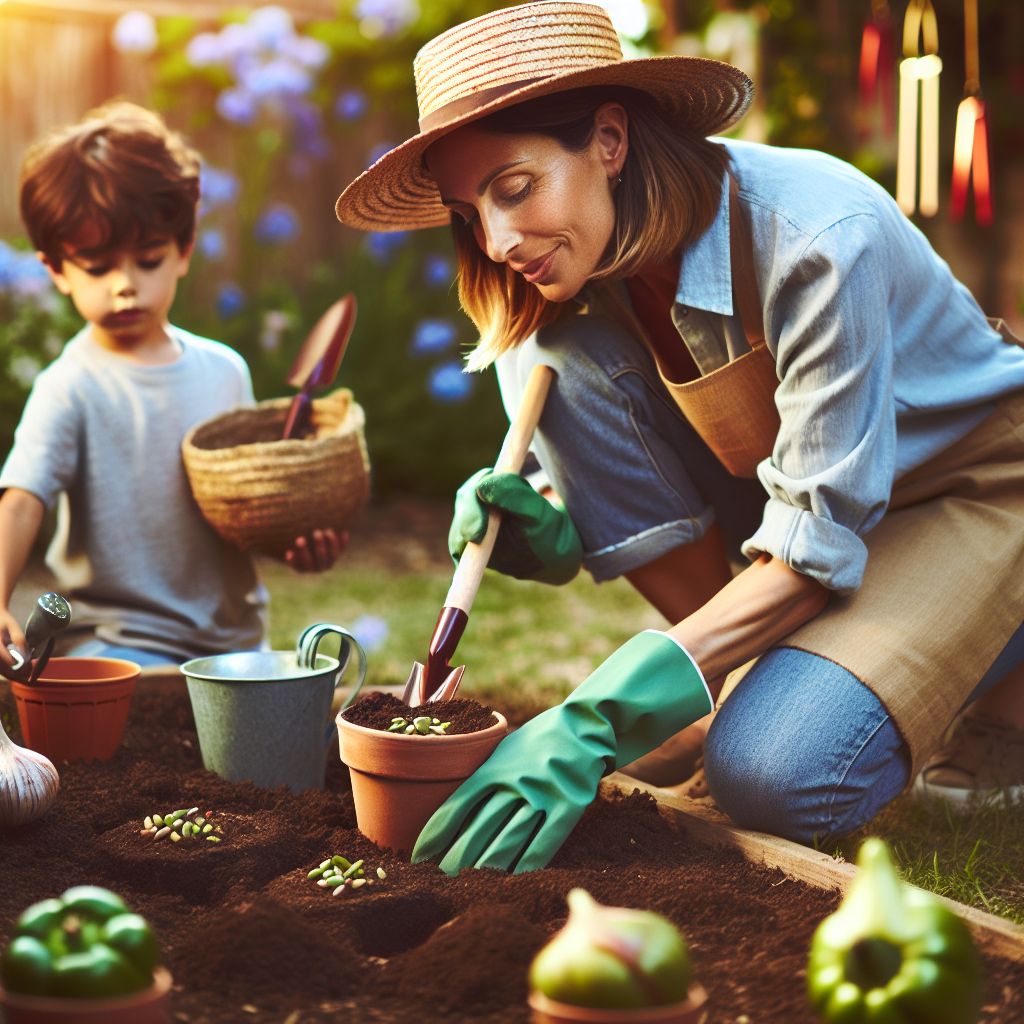
Native Flower Power: Picking Plant Species Wisely
Choosing the right flowers for your garden is like picking a team – you want the best players that work well together and suit the game plan. In this case, the game plan is sustainability, and the best players are native plants. Here’s why:
- They’re adapted to your local climate: They can handle the heat, the cold, and everything in between.
- They require less water: Once they’re established, they’re pretty low maintenance.
- They resist pests naturally: They’ve been dealing with local bugs for centuries.
By choosing natives, you’re not only making your life easier but also providing a feast for local birds and pollinators. It’s like throwing a block party where everyone in the neighborhood is invited.
Water Wise: Irrigation that Saves Every Drop
When it comes to watering your flowers, every drop counts. With water being such a precious resource, we need to use it wisely. That’s where smart irrigation comes into play. It’s not just about giving your plants a drink, it’s about making sure that each drop is used efficiently, reaching the roots where it’s needed most without waste.
DIY Drip Irrigation Techniques
One of the best ways to water your plants is through drip irrigation. This system slowly releases water directly to the soil at the base of the plant, which means less evaporation and runoff. And the good news? You can set up a drip irrigation system yourself. All you need is some tubing, emitters, and a bit of know-how. It’s like setting up a mini water park for your plants where they get to slide down the perfect amount of water right to their roots.
Here’s how you can get started with your DIY drip irrigation:
- Measure your garden to determine how much tubing you’ll need.
- Place the tubing throughout your garden, close to the base of your plants.
- Attach emitters to the tubing at intervals that match your plants’ spacing.
- Connect the system to a water source and set a timer to water at the best times, usually early morning or late evening.
With this setup, you’re not just saving water, you’re also saving time. And that means more time to enjoy the beauty of your sustainable garden.
Harvesting Rain: A Gardener’s Guide to Rainwater Collection
Besides that, why not take advantage of what nature provides for free? Rainwater collection is a simple yet effective way to water your garden sustainably. By collecting and storing rainwater, you can reduce your dependence on the municipal supply and give your plants a natural source of water that they love. It’s like catching a bit of the sky in a barrel, and your flowers will thank you for it.
Setting up a rainwater collection system can be as simple as placing a barrel under a downspout. Just make sure to cover it to keep out debris and mosquitoes. And remember, if you live in an area with heavy pollution, it’s best to avoid using rainwater on edible plants.
Pest Control: Natural Defenders in Your Flower Garden
Now, let’s talk about the uninvited guests in your garden – pests. But before you reach for the chemical sprays, consider this: nature has its own pest control squad. By encouraging these natural defenders to visit your garden, you can keep pest populations in check without harming the environment.
For example, ladybugs munch on aphids, and birds can help control caterpillars. It’s about creating a balance where these helpful creatures can thrive and work their magic. This means less work for you and a healthier garden overall.
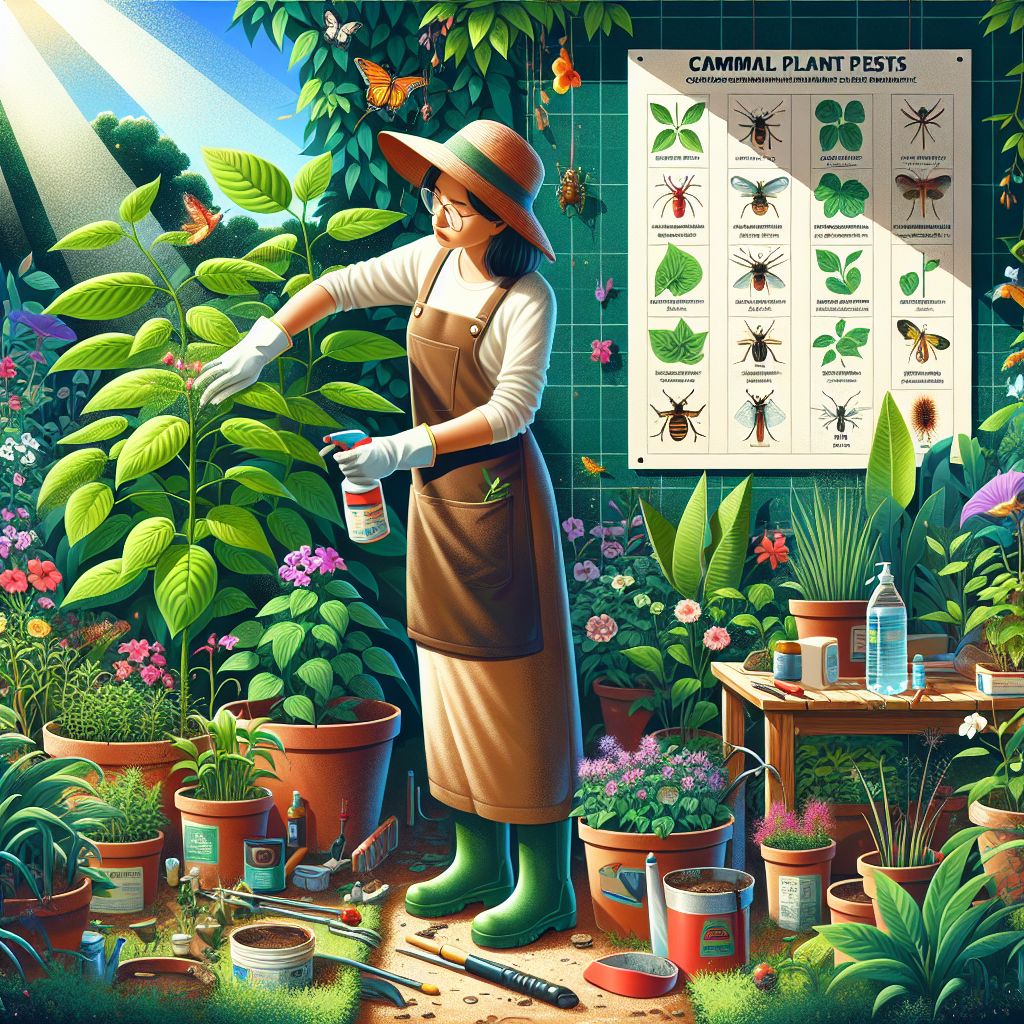
And let’s not forget about the flowers themselves. Some plants, like marigolds, can repel certain pests just by being there. It’s like having a security team made up of flowers – they look pretty and keep trouble away.
Attracting Beneficial Insects for Biological Pest Management
To attract these beneficial insects, you’ll want to plant a variety of flowers that bloom at different times. This ensures that there’s always something on the menu for your tiny helpers. You can also leave a small patch of your garden a little wild, with logs and stones for insects to call home.
Here’s a list of plants that are great at attracting beneficial insects:
- Yarrow
- Alyssum
- Fennel
- Dill
- Cosmos
By planting these, you’re setting the table for a bug banquet that will keep the pests at bay and your flowers blooming beautifully.
Creating a Habitat for Pollinators
Most importantly, let’s not forget about the pollinators – bees, butterflies, and other insects that play a crucial role in helping our gardens grow. Creating a habitat for them is as simple as providing a variety of plants they love and places to nest.
For example, bees are attracted to blue, purple, and yellow flowers, while butterflies prefer flat-topped blooms they can land on. And a small dish of water or a muddy patch can provide essential drinking and nesting spots for these important garden visitors.
By making your garden a welcoming place for pollinators, you’re not only supporting local wildlife but also ensuring that your flowers are well-pollinated and more likely to thrive. It’s a partnership with nature that benefits everyone.
Frequently Asked Questions on Smart Agriculture Techniques
How Do I Start a Sustainable Flower Garden?
Starting a sustainable flower garden is a fulfilling endeavor. First, choose a location that gets plenty of sunlight and has good drainage. Then, test your soil to see what nutrients it might need. Opt for native plants that will thrive in your local climate and attract beneficial insects. Set up a rainwater collection system for irrigation and consider a compost pile to create nutrient-rich soil. Remember to mulch your plants to conserve water and suppress weeds. Most importantly, be patient and persistent – gardens take time to grow!
Can I Use Smart Agriculture Techniques in My Small Garden?
Absolutely! Smart agriculture isn’t just for large-scale farms. You can use soil sensors to monitor moisture and nutrient levels, ensuring your plants get exactly what they need. Drip irrigation systems can be automated and scaled to fit any garden size, conserving water while keeping your plants hydrated. Even smartphone apps can help you track plant growth and identify pests. Embrace technology to make your garden smarter and more sustainable.
For instance, a small urban garden can benefit from a vertical drip system, which takes up less space and can be easily managed through a smart device. This proves that sustainable and smart agriculture techniques are adaptable to gardens of all sizes.
What Are the Best Organic Fertilizers for Flowers?
- Compost: Rich in nutrients and improves soil structure.
- Worm castings: A fantastic source of slow-releasing nutrients.
- Fish emulsion: High in nitrogen, it’s great for leafy growth.
- Bone meal: Phosphorus-rich, it’s perfect for healthy roots and blooms.
- Seaweed extract: Full of trace minerals and stimulates plant growth.
These fertilizers are not only effective but also ensure that your garden remains free of harmful chemicals. By feeding your flowers with organic fertilizers, you’re also feeding the soil and supporting the ecosystem.
How Can I Make My Flower Farm More Water-Efficient?
To make your flower farm more water-efficient, start by choosing plants that are drought-resistant or native to your area, as they require less water. Implement a rainwater harvesting system to collect and use rainwater for irrigation. Use mulch to retain soil moisture and reduce evaporation. Install a drip irrigation system to deliver water directly to the plant roots, reducing waste. Lastly, water your plants during the cooler parts of the day to minimize evaporation.

